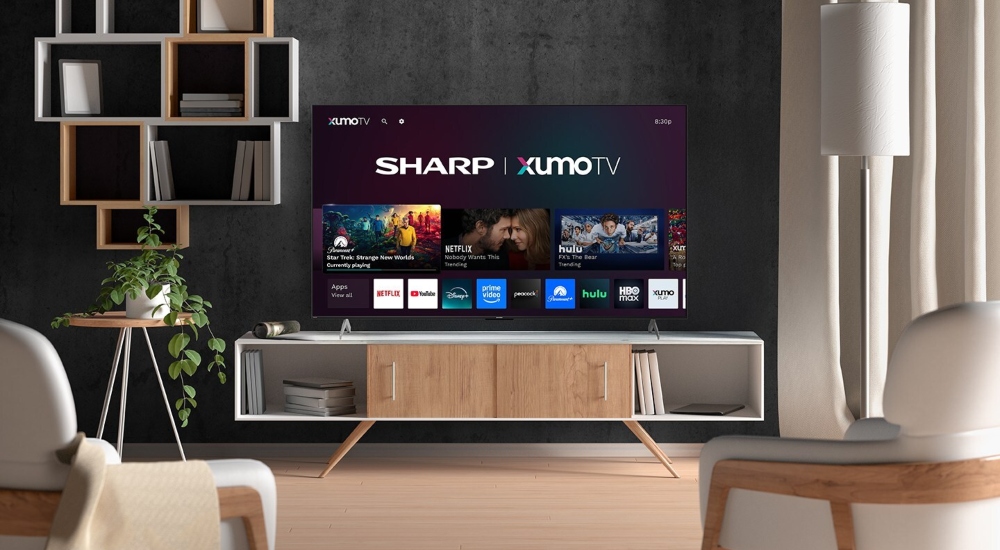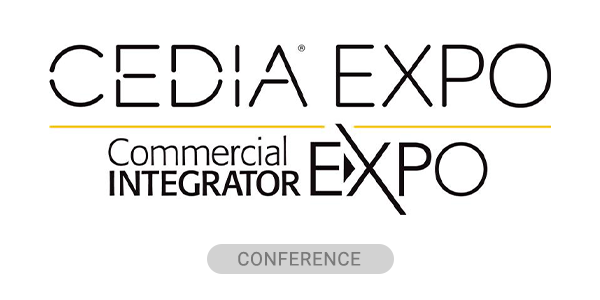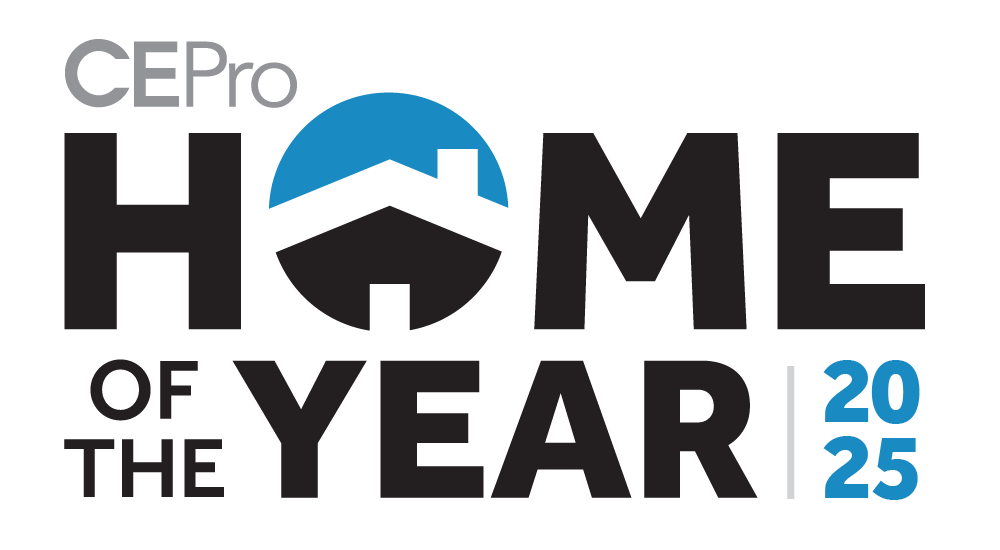Sharp Home Electronics Company of America (SHCA) on Tuesday announced the launch of an all-new smart TV in the form of the AQUOS QLED 4K Ultra HD running on the Xumo platform.
Sharp frames this new lineup as an attempt to make advanced display technology feel “invisible and easy to use,” with Grace Dolan, Senior VP of Marketing, SEMCA, saying the company aims to give consumers more time to enjoy content rather than fuss with setup or navigation.
Features of the AQUOS QLED 4K Smart Xumo TV
In brief, the key features of the new Sharp AQUOS QLED Smart Xumo TVs include:
- Dolby Vision support with 4K resolution
- Audio support via Dolby Atmos
- Traditional connectivity (HDMI, USB) plus an advanced voice remote and built‐in hidden cable-management
- Entertainment options powered by the Xumo platform
- Support for voice control and smart home ecosystems (Amazon Alexa, Apple AirPlay, Apple HomeKit).
- Five screen-size classes (50″, 55″, 65″, 75″, 85″).
Additionally, the company touts easy browsing across multiple apps through searches catered to genre, category or theme, with users being able to curate their favorites into personalized lists on the app interface.
Unpacking the Xumo Platform
If you’ve ever worked with a TCL or Hisense TV before, there’s a solid chance you’ve heard of the Xumo platform, however, the OS is also commonly used in Element, Pioneer, Sharp and Westinghouse TVs.
Operating as a joint venture between Comcast and Charter, Xumo serves as the pair’s streaming platform akin to something like Roku, with Xumo leveraging Comcast’s own entertainment platform through Xumo Play—the baked in Free Ad-Supported TV (FAST) service.
The “Platform + Hardware” Model
Sharp’s approach reflects a more common model in consumer electronics—and especially in modern day TVs—with hardware being differentiated by proprietary platform integration as new display technologies have largely caught up to one another amidst fierce competition in the manufacturing space.
It’s not enough to look good at this point as there are plenty of cheap TVs on the market that simply “look good.” Manufacturers instead need to highlight functionality within a client’s preferred lifestyle, which has manifested in a handful of ways throughout the category:
- Streaming: Platform integration with streaming services has become a powerful differentiator in the space with companies like Roku making their millions from their streaming OS.
- Smart Home Integrations: In the CI space, especially, competition on both the experience layer and the hardware layer has led to companies across the industry developing devices that are able to function cleanly within larger systems.
Look at what Hisense has been doing this past year and you’ll get a good idea of what that arms race looks like as the manufacturers known for more affordable consumer-grade TVs seek to chase down other parts of the market.
Sharp + TiVo
This also isn’t the first time Sharp has partnered with a specific platform to develop TVs running on a certain OS.
Widely available in European markets, the TiVo OS recently entered into American markets via a Sharp partnership in which Sharp would exclusively develop the hardware upon which TiVo’s smart TV OS would be installed.
What This Means for Integrators and the Smart Home Channel
With a price range between $350 MSRP for the 50-inch to $1,100 MSRP for the 85-inch, Sharp’s lineup of AQUOS QLED 4K Smart Xumo TVs falls squarely in the more budget display category being marketed directly to consumers.
However, it’s Sharp’s efforts to stay relevant in the hypercompetitive display category through platform integration that merits the most attention, especially as Hisense and TCL, two other display manufacturers once better known for their cheap direct-to-consumer offerings, have started to make inroads into the pro channel.
The main differentiating factor between the two (especially in the case of Hisense) remains that support for pro-channel installers and open platform integration. With Hisense having made that critical step forward recently, it’s worth paying attention to its contemporaries to see whether any of them take a cue from its playbook.
















